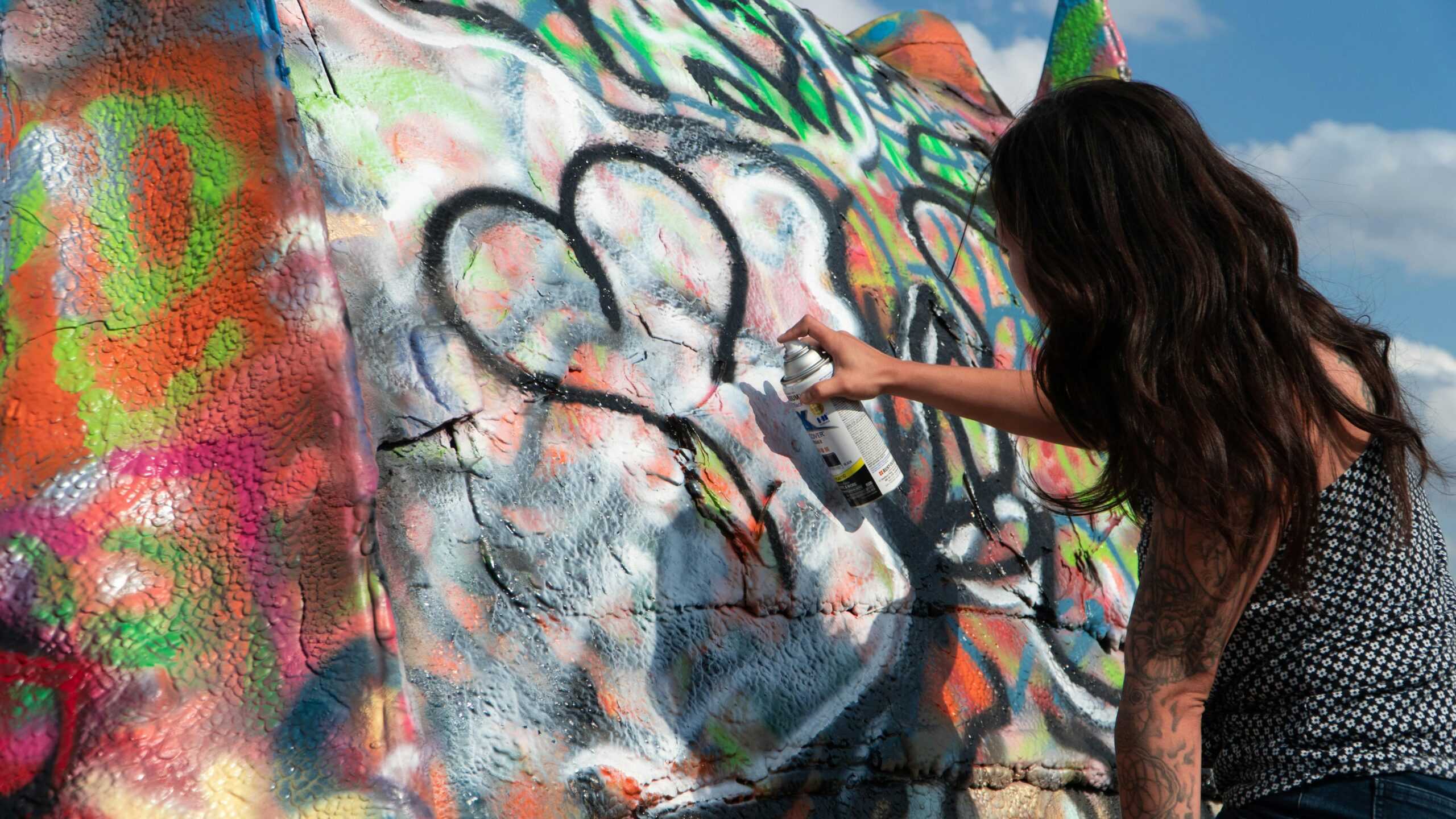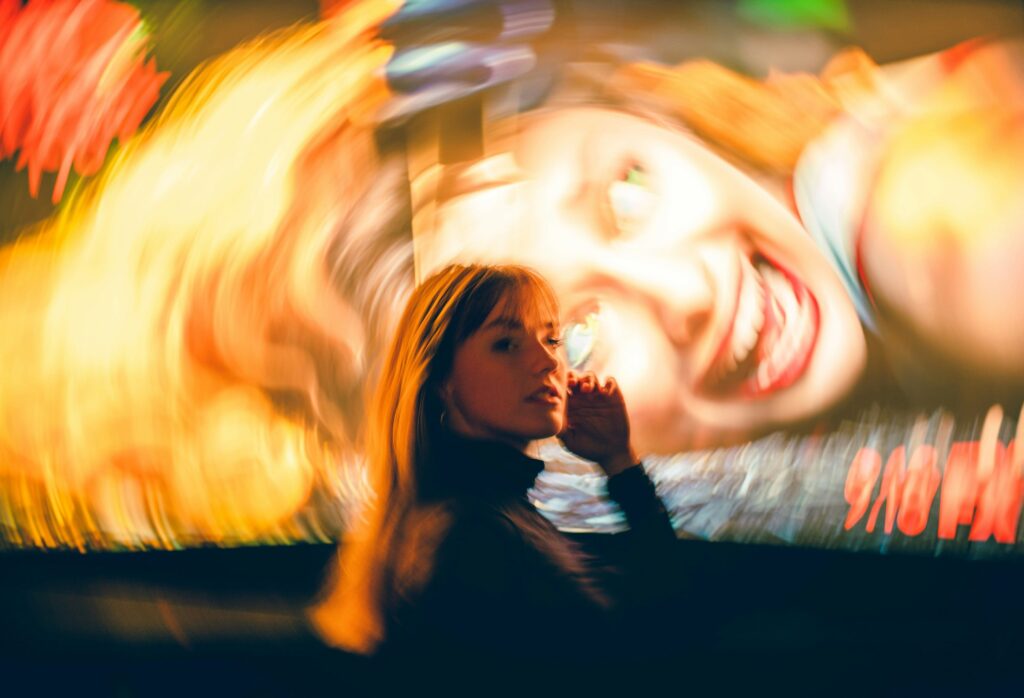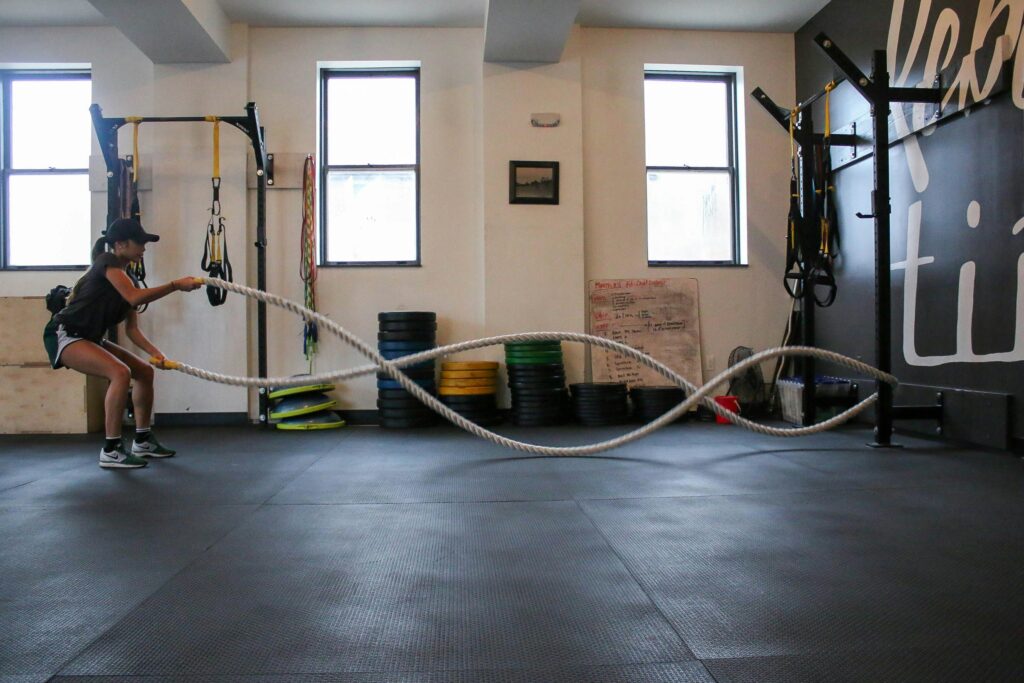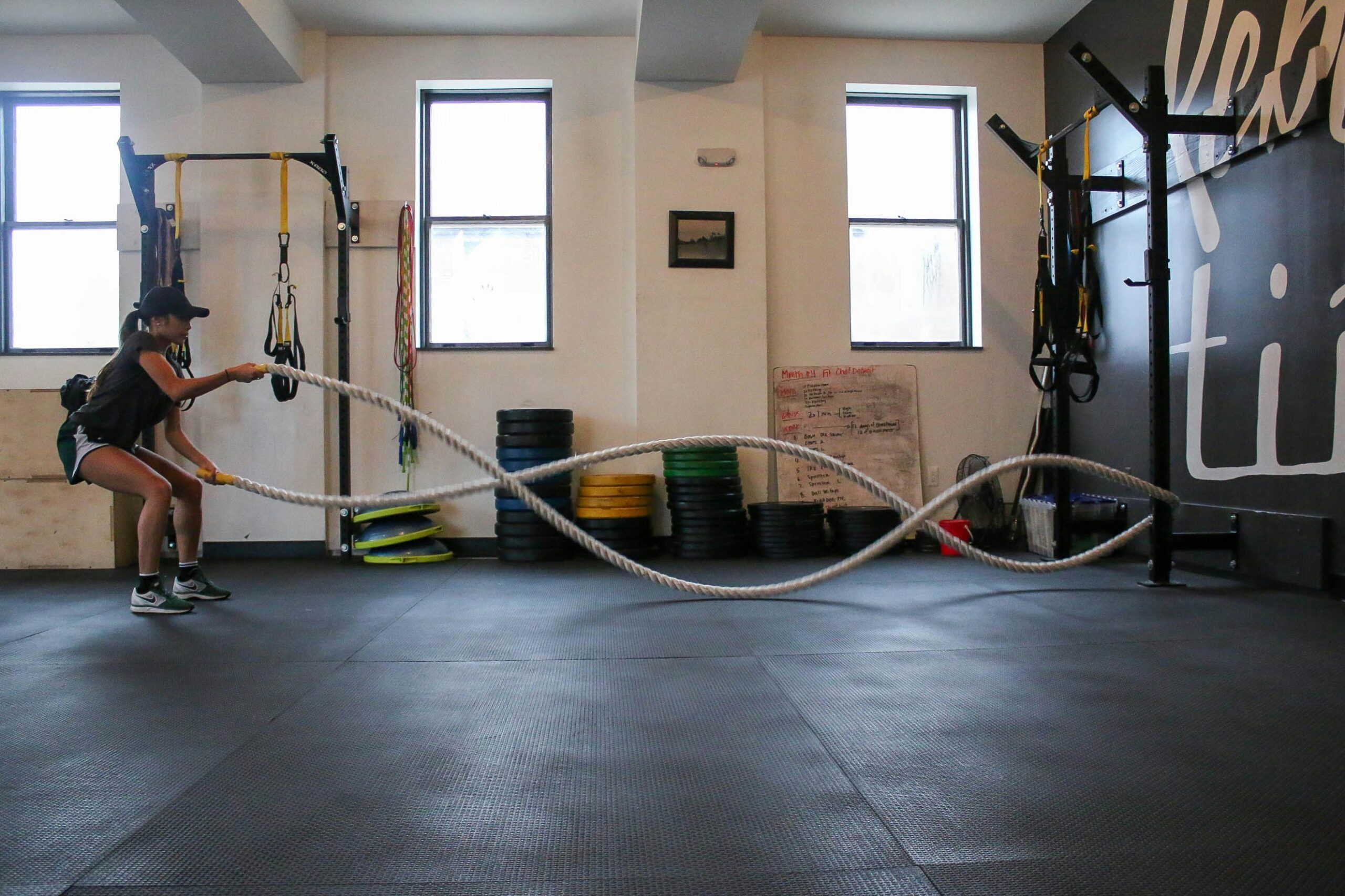Now Reading: Explore the Benefits of Art Therapy for Addiction
-
01
Explore the Benefits of Art Therapy for Addiction
Explore the Benefits of Art Therapy for Addiction

Enhancing emotional healing, reducing stress, and supporting recovery through creative self-expression.
Introduction
Recovery from addiction is more than just staying sober. It’s about healing emotionally, mentally, and spiritually. Many people in recovery struggle to express the emotions that fuel their addiction. Talk therapy is helpful—but not everyone finds it easy to put their feelings into words.
That’s why art therapy is becoming an important part of many addiction treatment programs. The benefits of art therapy for addiction go far beyond making art. It helps individuals express buried emotions, reduce stress, and reconnect with themselves—all in a safe, non-judgmental way.
What Is Art Therapy?
Art therapy is a form of psychotherapy that uses creative expression—like painting, drawing, or sculpting—as a way to explore emotions, cope with stress, and process trauma. Licensed art therapists guide individuals through the creative process, helping them reflect on what their art represents emotionally and psychologically.
You don’t need to be an artist. The power of art therapy lies in the process, not the product. It’s about expression, not perfection.
Why Art Therapy Works in Addiction Recovery
Addiction often stems from emotional pain, trauma, or mental health challenges. Many people turn to substances to numb feelings they don’t know how to process. In recovery, these feelings can return—and they can be overwhelming.
The benefits of art therapy for addiction include offering a way to explore these emotions safely, without the pressure of speaking. Art taps into the subconscious and helps bring hidden feelings to light.
Key Benefits of Art Therapy for Addiction
1. Helps Express Emotions Without Words
One of the main benefits of art therapy for addiction is that it gives people a way to express what they feel when they can’t find the right words. Emotions like guilt, shame, fear, or anger are often hard to talk about—especially for someone newly in recovery.
Through images, colors, and shapes, individuals can release pent-up feelings, process past trauma, and gain insight into their emotional state.
📊 A 2014 study in The Arts in Psychotherapy showed that participants in addiction recovery who engaged in art therapy experienced increased emotional expression and self-awareness 1.
2. Reduces Stress and Promotes Calm
Art therapy has a calming effect on the nervous system. Engaging in creative activities can lower stress hormones like cortisol, reduce anxiety, and create a sense of inner peace.
This is especially valuable for people in recovery, who often experience heightened stress levels during detox and early sobriety.
📊 A 2016 study from Art Therapy: Journal of the American Art Therapy Association found that 45 minutes of art-making significantly lowered cortisol levels in participants 2.
3. Supports Emotional Healing from Trauma
Many people who struggle with addiction have a history of trauma. Art therapy helps access and heal trauma in a way that doesn’t re-traumatize the person. Creating art can feel safer than verbal disclosure, especially when trauma is deeply rooted or hard to recall.
Art therapy activities like mask making, trauma timelines, and body mapping allow individuals to explore their stories and experiences gently, yet powerfully.
4. Improves Self-Esteem and Identity
Addiction can shatter a person’s self-worth. In art therapy, individuals often feel empowered as they create something meaningful. Seeing their feelings take shape on paper helps them feel seen and heard—often for the first time in a long time.
Over time, creative expression builds confidence, promotes self-discovery, and helps restore a positive sense of identity.
5. Builds Healthy Coping Skills
Replacing unhealthy habits with constructive ones is a major part of addiction recovery. One of the great benefits of art therapy for addiction is that it offers a healthy outlet for emotions.
Instead of turning to substances to cope, individuals learn to turn to creativity. Drawing, painting, or journaling becomes a tool they can carry with them—long after formal treatment ends.
6. Strengthens Group Support and Connection
Group art therapy provides a space for connection. Sharing art in a group allows individuals to feel less alone in their struggles. They see that others feel similar emotions—and this shared experience fosters empathy and support.
Even when participants don’t verbally share, their art speaks for them. This creates a unique form of nonverbal communication and trust-building.

Common Art Therapy Techniques in Addiction Treatment
Licensed art therapists use a wide range of techniques in both individual and group settings. Some commonly used methods include:
| Technique | Purpose |
|---|---|
| Emotion Collages | Identify and express a mix of emotions visually |
| Recovery Timelines | Explore key events in life before and after addiction |
| Mask Making | Reveal parts of the self that are hidden or protected |
| Safe Place Drawings | Create a visual version of emotional safety and calm |
| Future Self Portraits | Imagine and draw the healthy, thriving self in recovery |
Each exercise helps individuals better understand themselves and their recovery journey.
Real-Life Reflection: Sarah’s Story
Sarah, 29, entered treatment for alcohol use disorder. She struggled with talking about her past. But in art therapy, she created a series of paintings showing a journey from darkness to light.
She later shared, “My artwork said everything I couldn’t. Each brushstroke helped me breathe again.”
Art therapy became Sarah’s outlet. Even after completing rehab, she kept painting and used it as a daily coping tool.
How to Access Art Therapy
You can find art therapy in various addiction recovery settings:
- Inpatient and outpatient rehab programs
- Mental health centers and community clinics
- Private practices with licensed art therapists (ATR or ATR-BC credentials)
- Support groups or sober communities offering creative workshops
Art therapy is often part of a holistic approach to treatment that includes talk therapy, medication, support groups, and wellness practices.
Final Thoughts
The benefits of art therapy for addiction are both emotional and practical. Through creativity, individuals in recovery find new ways to understand their feelings, reduce stress, and build a strong foundation for lasting wellness.
Art therapy isn’t about being good at art. It’s about being honest with yourself. It’s about giving shape and color to the pain, the healing, and the hope.
If you’re on a recovery journey—or helping someone who is—consider how art therapy could support healing. Sometimes, the most powerful breakthroughs come from the quietest moments with a brush, a pen, or a piece of clay.
“Art washes away from the soul the dust of everyday life.” – Pablo Picasso
References
- Gussak, D. (2014). The impact of art therapy on recovery from substance abuse: A study in a correctional setting. The Arts in Psychotherapy, 41(3), 220–227. ↩
- Kaimal, G., Ray, K., & Muniz, J. (2016). Reduction of cortisol levels and participants’ responses following art making. Art Therapy, 33(2), 74–80. ↩

Hi, I’m Kristi Jenkins, a passionate blogger and content writer with a love for storytelling. With years of experience in writing engaging and insightful articles, I focus on topics like mental health, lifestyle, and personal growth. My goal is to create content that inspires, educates, and connects with readers on a deeper level.
























